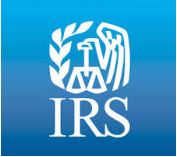
The Internal Revenue Service issued Revenue Procedure 2019-08 to provide guidance on deducting expenses under Section 179(a) and on deducting depreciation under Section 168(g). These rules, as amended by the Tax Cuts and Jobs Act (TCJA) in December 2017, generally apply to tax years beginning after 2017.
Section 179 allows taxpayers to deduct the cost of certain property as an expense when the property is placed in service. For tax years beginning after 2017, the TCJA increased the maximum Section 179 expense deduction from $500,000 to $1 million. The phase-out limit increased from $2 million to $2.5 million. These amounts are indexed for inflation for tax years beginning after 2018.


























Recent Comments